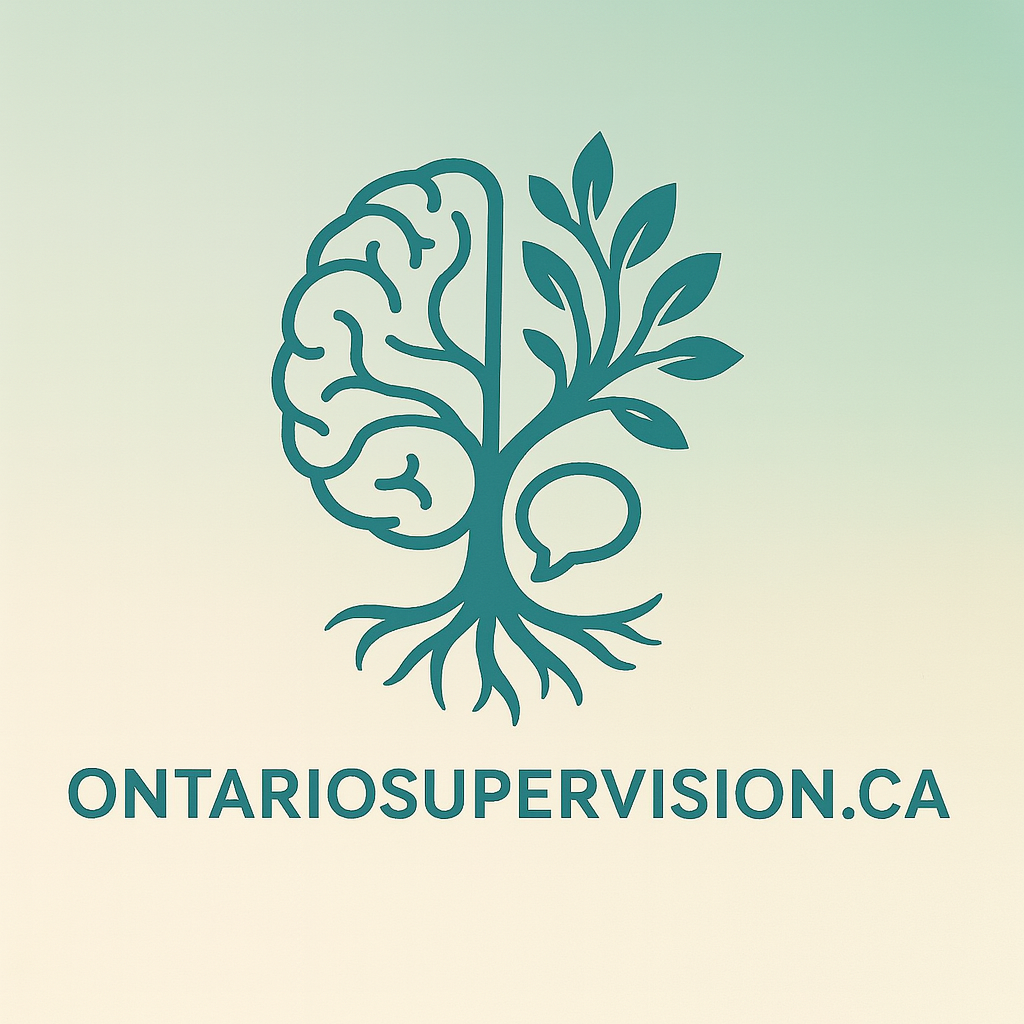A Day in the Life of a Clinical Supervisor: Navigating Counselling Supervision as a New Psychotherapist
Clinical supervision is a unique and rewarding role within the world of counselling and psychotherapy. It’s not about delivering therapy directly but about supporting therapists in their professional growth, helping them navigate challenges, and empowering them to provide the best possible care to their clients. For me, no two days are the same, but they all share the common thread of collaboration, insight, and growth. Here’s a glimpse into a typical day as a clinical supervisor, balancing group, dyadic, and individual supervision sessions while keeping the focus on developing skilled, reflective practitioners.
The Morning Routine: Preparing for the Day Ahead
6:30 AM: My day starts with a strong cup of coffee and a quick review of my schedule. Today includes a group supervision session, a dyadic meeting with two supervisees, and a series of individual check-ins. Each session has its own dynamic, requiring me to adapt my approach to meet the needs of the supervisees while maintaining a clear focus on the goals of clinical supervision as outlined by the CRPO standards.
Group Supervision: Collaborative Learning in Action
9:00 AM: The first session is group supervision. This is where supervisees bring their cases, questions, and challenges to the table, creating a space for collaborative problem-solving and shared learning.
Therapist A: “I’ve noticed that one of my clients keeps deflecting serious topics with humour. How do I address that without shutting them down?”
Me: “Humour can be a defense mechanism, but it’s also a window into how the client copes. Let’s discuss how you can acknowledge their humor while gently inviting them to explore the underlying emotions.”
Therapist B: “I’m struggling with setting boundaries around session time, especially when clients bring up big issues just as the session ends.”
This sparks a discussion among the group, with supervisees sharing strategies and approaches that have worked for them. Group supervision is not just about resolving individual dilemmas; it’s about fostering a sense of community and collective wisdom.
Break: Reflecting on the Role of Supervision
11:00 AM: Between sessions, I take a moment to reflect. One of the key differences between clinical supervision and providing therapy is the focus on the supervisee’s professional development rather than the client’s immediate needs. Supervision is a unique space where therapists can safely explore their own reactions, skills, and challenges without the pressure of being “on” for their clients.
Dyadic Supervision: A Partnership in Growth
11:30 AM: Dyadic supervision is next—a focused session with two supervisees. This format allows for deeper exploration of cases while benefiting from the perspectives of both supervisees.
New Therapist: “I’m worried I’ll say the wrong thing in sessions.”
Me: “Therapy isn’t about having all the answers. It’s about being present and curious. Let’s look at ways you can use open-ended questions to create space for exploration.”
The second supervisee, a more experienced practitioner, shares a similar concern from earlier in their career, offering reassurance and practical advice. Dyadic supervision often reveals the power of shared experiences and highlights the importance of peer learning.
Lunch: A Moment for Reflection
1:00 PM: Over lunch, I think about the morning’s conversations. Supervision is not just about addressing challenges—it’s about celebrating growth and strengths. Watching supervisees gain confidence and develop their unique therapeutic styles is one of the most rewarding aspects of the role.
Individual Supervision: Tailored Support
2:00 PM: Individual supervision provides an opportunity to dive deeply into specific cases or professional challenges.
Therapist: “I’m feeling frustrated with a client who resists all of my suggestions.”
Me: “Let’s explore that frustration. What might it be telling you about the client’s process or your own expectations?”
These sessions often lead to “aha” moments, where supervisees gain new perspectives on their work and themselves. It’s a privilege to witness these breakthroughs and to play a role in helping therapists become more reflective and effective practitioners.
The Wrap-Up: Documentation and Looking Ahead
4:30 PM: As the day winds down, I complete documentation, respond to emails, and prepare for upcoming sessions. Clinical supervision requires staying current with CRPO guidelines and best practices while tailoring support to each supervisee’s needs and goals.
The Rewards of Clinical Supervision
Clinical supervision is a dynamic and multifaceted role. It’s different from therapy in that the focus is on the therapist’s growth rather than the client’s immediate concerns, but it’s equally impactful. Supervision challenges me to think critically, stay curious, and continuously learn from those I supervise.
For the supervisee, it’s a space to gain clarity, build skills, and develop confidence. For the supervisor, it’s an opportunity to contribute to the next generation of therapists, fostering excellence and compassion in the field of counselling and psychotherapy.
